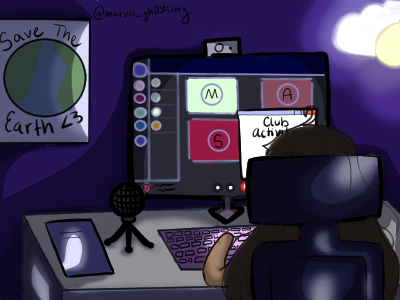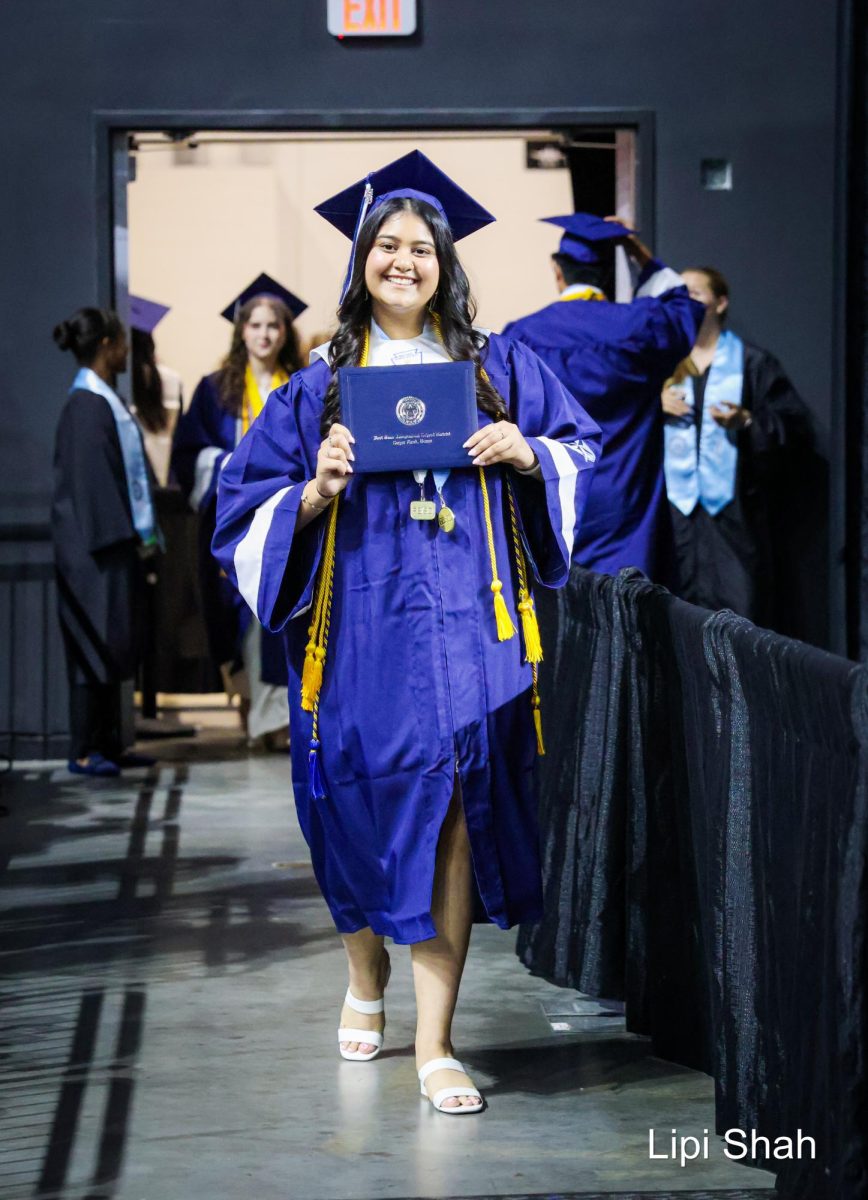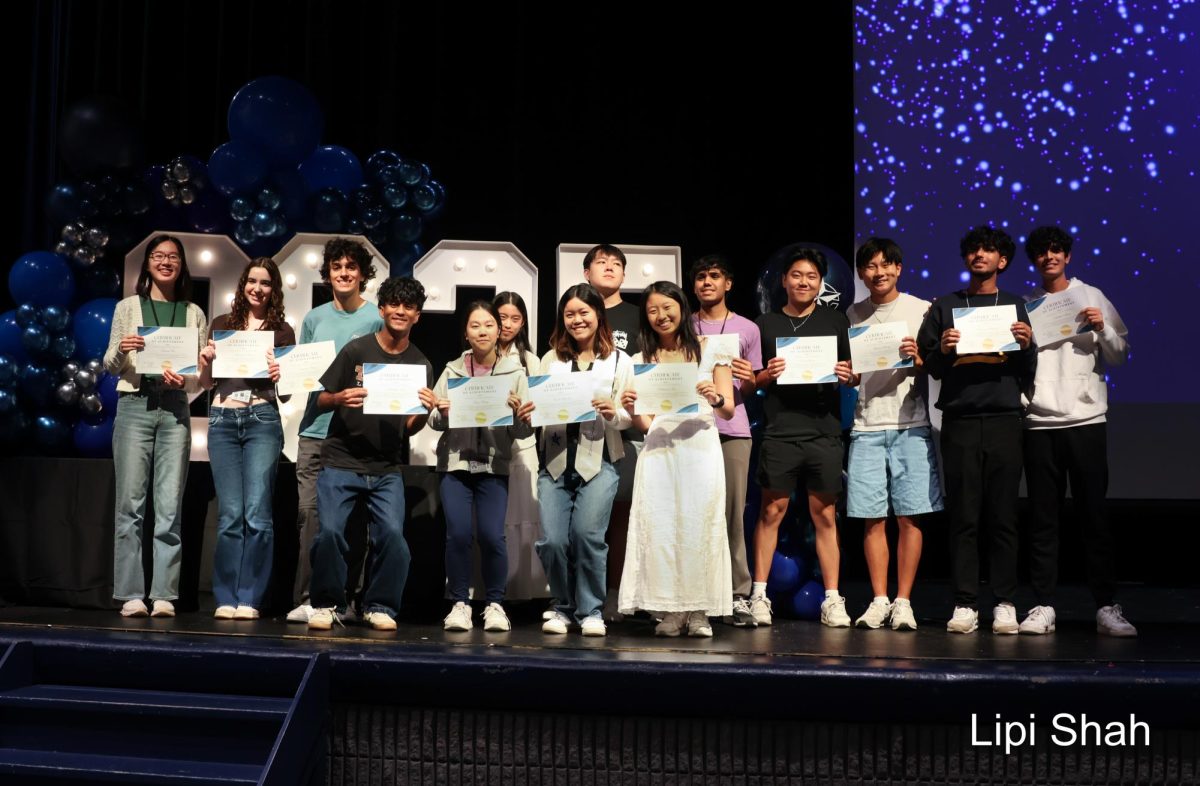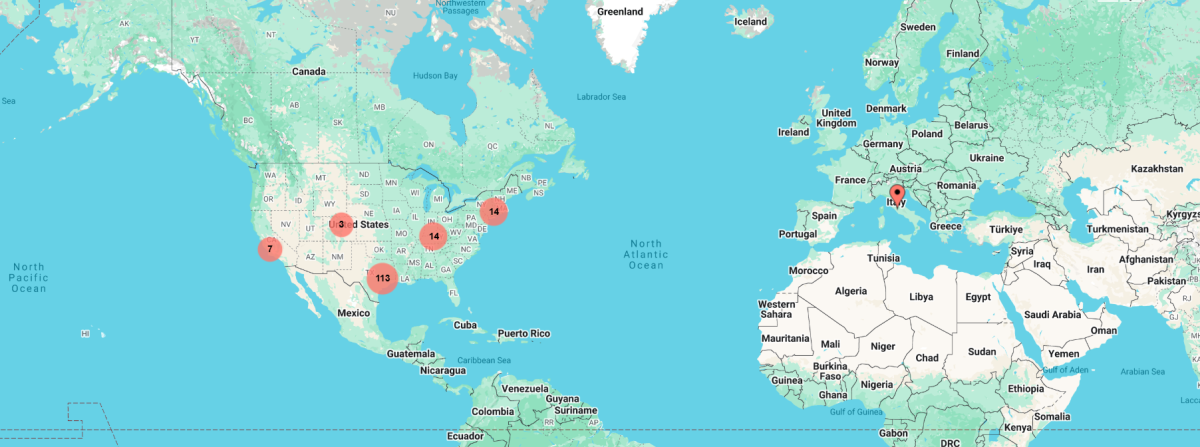From club meetings to school festivities, volunteer opportunities to study sessions, extracurriculars offer students a means to connect with like-minded peers and develop their interests, fostering friendship and a collective drive to reach a goal, further a cause, or establish a community. For most activities, the default is an in-person format; only during the pandemic did this change out of necessity, and when it became safe to do so, the rush to resume business as usual was swift and complete. With the exception of a few clubs and events, extracurriculars have returned entirely to face-to-face.
Yet, the return to normal also reinstated a barrier that effectively closed a door that the pandemic was able to open. This barrier goes by many names, and it is a tricky one because it is often invisible; for some, it is the busy schedule of a working or single-parent household. For others, it is a younger sibling or older relative who needs care. For still more, it could be a part-time job or the lack of a driver’s license. The result, however, is the same; extracurriculars become out of reach.
Breaking through this barrier is a matter of justice; a student’s family situation should not prevent them from accessing valuable opportunities. Through online platforms, incorporating virtual opportunities can become a tool for inclusion, transforming extracurriculars from a limited luxury to a widespread means of enrichment.
The advantages of virtual are numerous. For one, virtual events can be accessed from home when students, or their parents, lack the time or means to transport themselves to the in-person event. Additionally, for students working jobs outside of school, recordings of club meetings can wait until after their shift is over, after the bus ride is over, once Grandma is asleep, or once dinner is on the table. By incorporating virtual options, clubs expand their reach to more students, allowing more passionate or curious people to help with an environmental cause or find a community.
Further, as students and educators learned during the pandemic, engagement, and learning can be translated online, whether through presentations via Teams or discussions via Zoom. This time, as opposed to during the pandemic, the change does not have to be absolute; it can be as simple as emailing out the meeting link and bringing a computer into regular meetings. It is true that students without a reliable internet connection or a personal device may not benefit as much from virtual extracurriculars. But this first step is crucial.
Making the initial effort to promote inclusion provokes thought on all levels, from peers to administrators. Widespread change doesn’t stem from an abyss; it is instead a culmination of many first steps. Indeed, each step is a rebellion against an unfair definition of normal, in which factors entirely out of a student’s control, like whether their parent can pick them up at odd hours outside of school, determine whether or not they can participate in extracurriculars. Though incorporating virtual options isn’t a perfect solution, taking small first steps will always surpass standing still. Only once we begin moving can we begin to sprint.
By creating opportunities for students to participate in extracurriculars regardless of their background or family situation, club officers and administrators can pave the way for greater participation in clubs. This would not only give students the chance to reap the benefits of extracurriculars, from pursuing their passions to connecting with a peer group, but also contribute to the school and community as more students add momentum to conservation efforts, competition math, or humanitarian causes, among many others.
Additionally, extracurriculars are weighed alongside test scores and academics when students apply for college. It isn’t fair for students to be decisively evaluated on their participation in activities to which they, through no fault of their own, had no access to. Expanding the inclusivity of extracurriculars can lower this barrier for students, but truly successful inclusion goes even further. To be truly inclusive requires changing an embedded societal narrative.
Rather than having students participate in extracurriculars and demanding that they reach an existing expectation, inclusion means that success doesn’t only look one way. Inclusion means celebrating the many different names and faces that success goes by. Success can be a passionate club officer, but also a single mother’s daughter passionate about gender equality. Success can be a determined athlete or musician, but also a student determined to finish hours of homework and also cook dinner for their family.
This is the larger story that needs to be told, that demands an audience just as much as a commitment to an extracurricular. Progress toward equity and justice is not measured by a single action or success; what is now a call to expand the reach of extracurriculars to students with obligations that go unseen can exist alongside a call to shine a light on the invisible obligations themselves, and the lives of the students who carry them.
Though extracurriculars are a wonderful means of enrichment, they shouldn’t be an exclusive club, with acceptance weighing on resources like time and transportation that students themselves have no say over. Together, it is possible to take the first few purposeful steps toward inclusion by reinstituting virtual options in extracurriculars while an effort is made to hear and applaud the narratives that don’t fall in line; it is possible to break down barriers without demanding conformity.
Inclusivity requires a wholehearted change in mindset, but it can also start with a single action. All individuals, regardless of their family situation, should have the choice of whether or not to participate in extracurriculars. Leveling the playing field can be as simple as bringing a computer into the meeting – unmute and see who’s been waiting on the other side.















